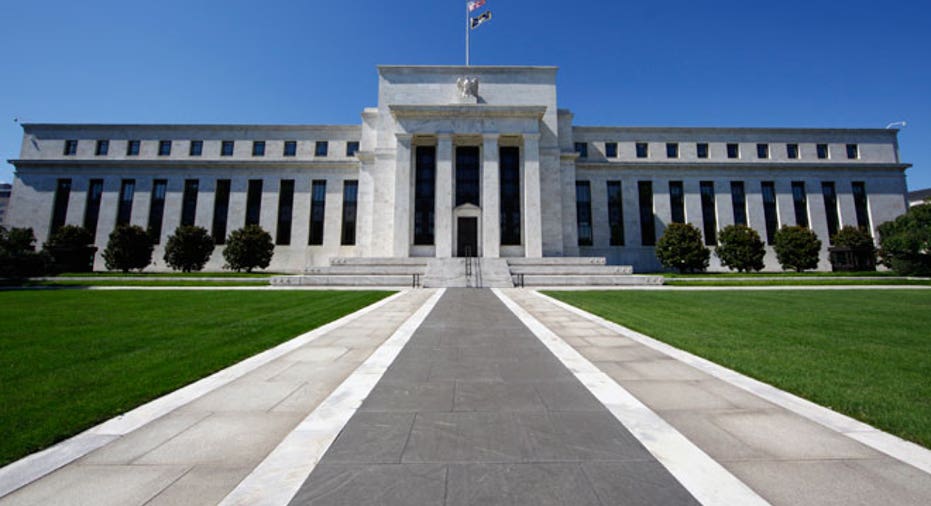Fed's Tarullo: Bank Funding Still Biggest Risk

Reforming short-term funding markets in which banks finance large parts of their business, remains the biggest unfinished job for supervisors around the world, a top U.S. bank regulator said on Friday.
"The most important systemic vulnerabilities that have not been subject to sufficient regulatory reforms are those created in short-term wholesale funding markets," U.S. Federal Reserve Governor Daniel Tarullo said in a speech.
A mechanism to keep troubled banks afloat - which was set up after the 2007-09 financial crisis - was a good way to wind down large and risky firms without having to ask taxpayers for billions of dollars of support, Tarullo said.
But the so-called orderly liquidation authority was at the same time an untested procedure that still needed work and it was better to shore up banks' own safety buffers by telling them to borrow less and hold more cash.
The Fed was doing its bit to help the Federal Deposit Insurance Corporation - the agency responsible for such rescue operations in times of crisis - to make the orderly resolution authority credible for market participants.
It would issue a proposal requiring the largest banks to hold minimum amounts of long-term, unsecured debt at the holding company level "in the next few months," Tarullo said, a further buffer against creditor losses.
The Fed had already announced it was working on this rule, in conjunction with three others to shore up banks' health. One of those will force banks that are heavy users of short-term funding markets to hold more capital.
One issue with the orderly liquidation authority that needed addressing were problems occurring when a bank had operations in more than one country, Tarullo said.



















